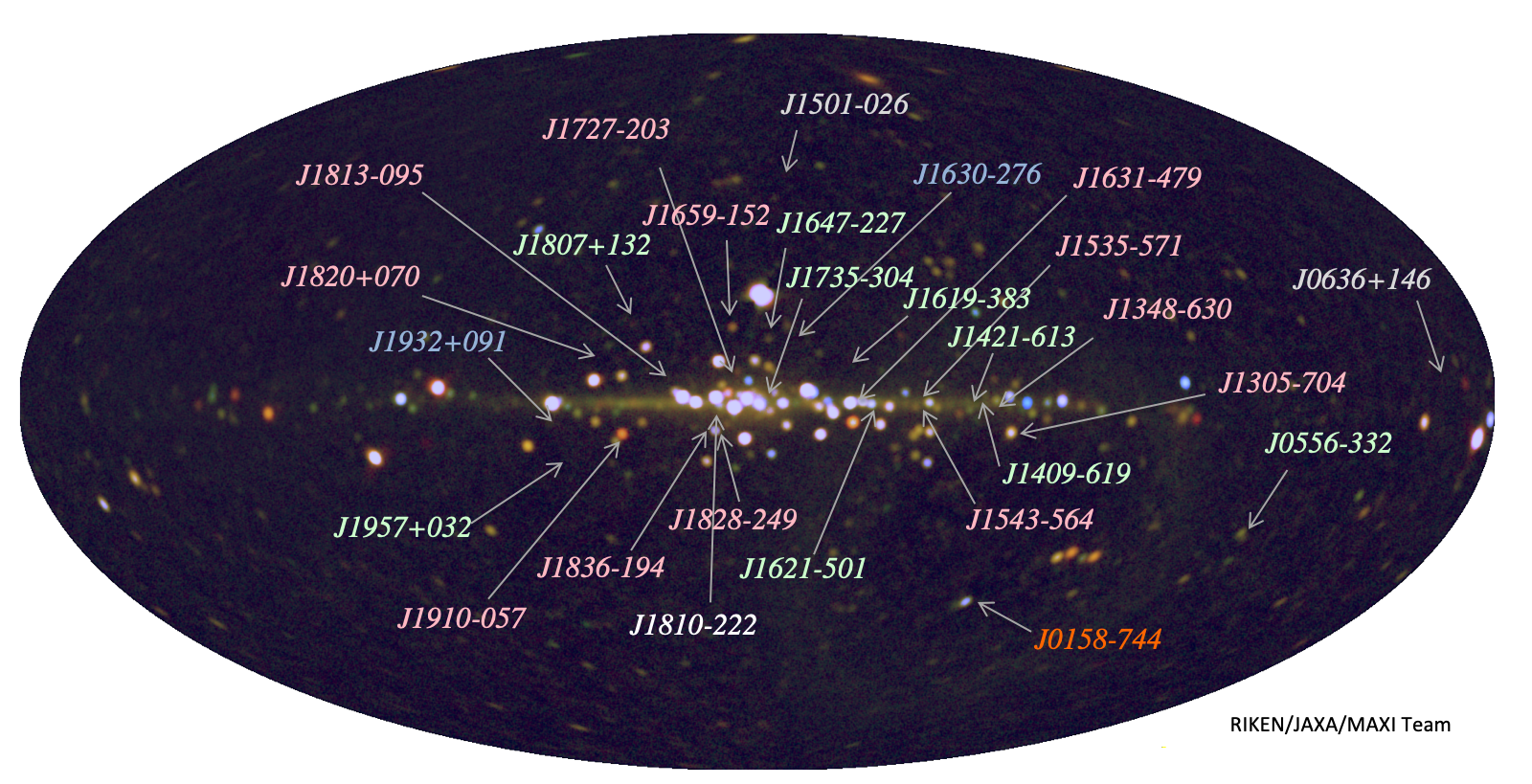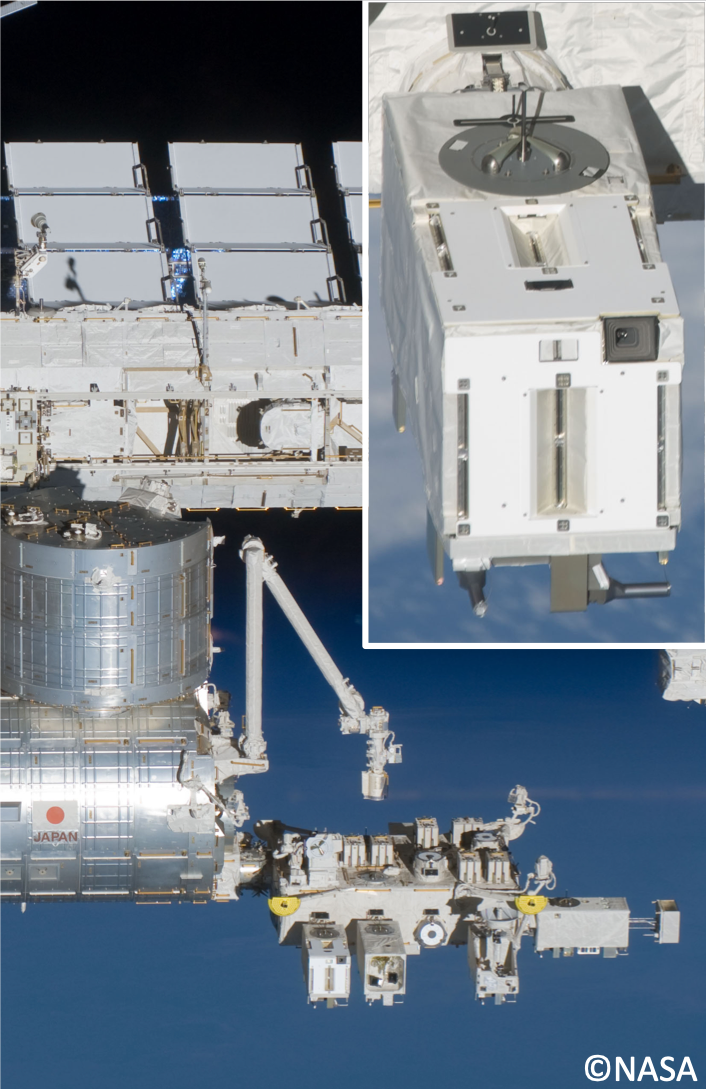MAXI 10 Year Workshop for the Time Domain Astronomy
March 10-12, 2020
Tokyo Institute of Technology
2-12-1 Ookayama, Meguro-ku, Tokyo 152-8550 Japan
http://maxi.riken.jp/conf/10year
Abstract submission was closed.
Timetable was announced
https://indico2.riken.jp/event/3124/timetable/
Note: Due to the recent Coronavirus problem, there is a possibility of change in the conference timetable.
The size of poster pin-up boards : H 180 cm x W 90 cm (portrait)
You can get conferen poster here:
https://indico2.riken.jp/event/3124/page/269-conference-poster
We invite you to participate in the "MAXI 10-year workshop" to
celebrate the decade of successful operation of MAXI, or Monitor
of All-sky X-ray Image, an X-ray all-sky monitor onboard the
Japanese Experiment Module of the International Space Station.
In 1997, we organized the First MAXI Workshop at RIKEN entitled
"All Sky X-ray Observations of the Next Decade".
From then, it took more than a decade for MAXI to start observing on orbit.
Two decades later, time-domain astronomy is playing in the central
arena of studies in the physics of the Universe, with MAXI
watching the variable X-ray sky since August 15, 2009.
Currently, wide-sky discovery engines, like Swift, Fermi, and
MAXI, provide the astrophysical transients to follow. Ground
based facilities, such as ZTF and ASSAS-SN, are also finding
cornucopia of new sources to explore, augmented by recent
additions of observatories for non-electromagnetic messengers,
namely, gravitational waves and neutrinos.
For follow-up observations of these transients, telescopes
with flexible scheduling capabilities are becoming more
important. In space, Swift, NuSTAR, and recently NICER have
been aggressively following transients. On the ground, small to
medium sized telescopes are found to be very useful for these
studies. Big observatories, both ground- or space-based, remain
important in cases where sensitivities or high resolution are
essential.
MAXI has been uniformly scanning the entire sky in the
last decade, and discoveries have been regularly reported to
Astronomers Telegram and GCN; detections of outbursts of new or
previously known X-ray sources including discoveries of twelve
new galactic black holes binaries, a hundred of gamma-ray bursts,
tens of giant stellar flares, and a couple of very rare
phenomena, namely the relativistic tidal disruption event Swift
J1644+57 and ultra luminous soft X-ray nova J0158-744. The
accumulated scan data are processed to generate the third
catalogs of X-ray sources with 896 entries.
In this workshop, we hope to review the scientific results
triggered by the MAXI observations. The topics include physics
of high energy astrophysical sources, their emission, accretion,
and outflow processes, in particular, those of black holes,
neutron stars, and active stars. We also hope that this workshop will
facilitate new research collaborations for the coming decade
between theorists and observers at all wavelengths.
Topics
- MAXI transients
- Stellar Mass BH
- AGN
- Low Mass X-ray Binaries
- Superbursts
- Binary X-ray Pulsars
- Stellar Flares
MAXI 10 Year Workshop for the Time Domain Astronomy is organized by :
Tokyo Institute of Technology
RIKEN




